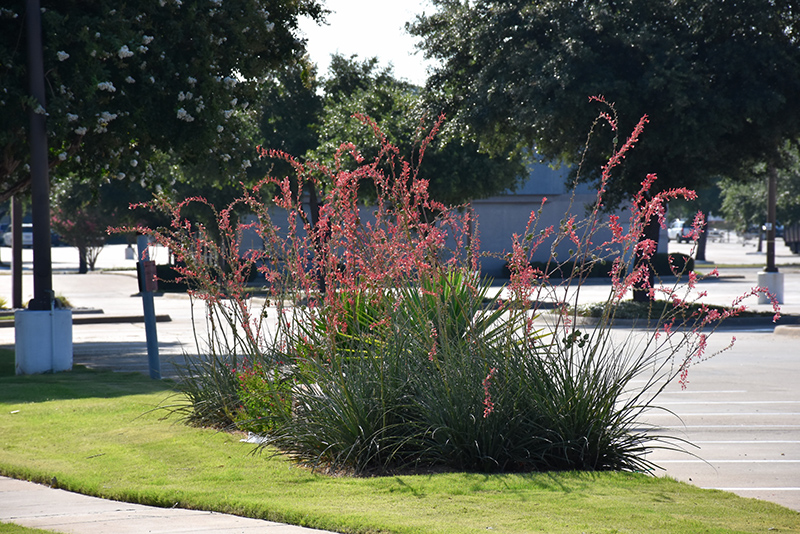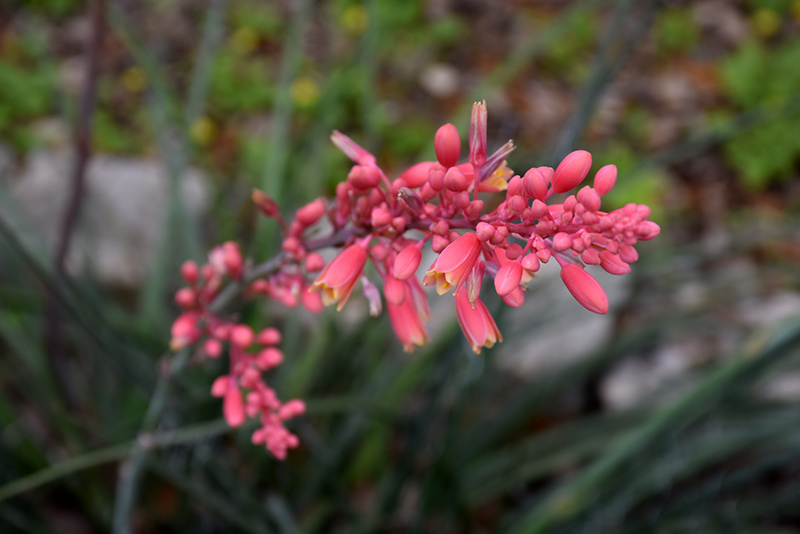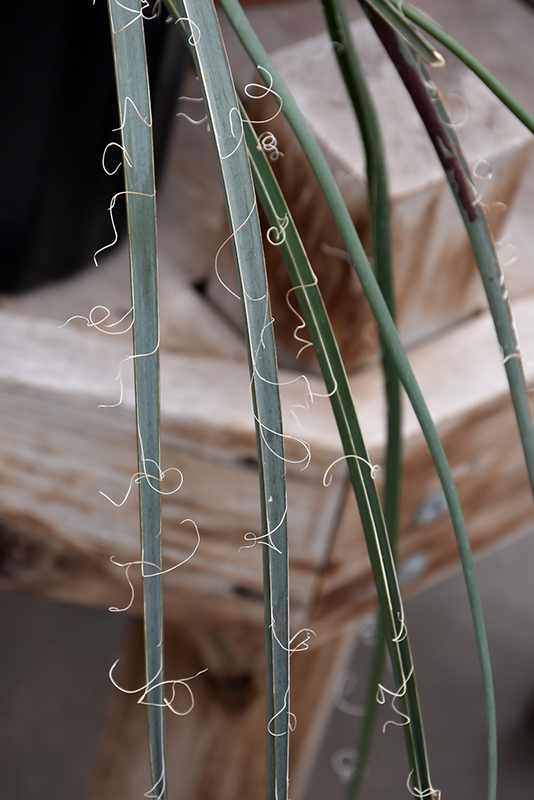Height: 5 feet
Spread: 3 feet
Sunlight:
![]()
Hardiness Zone: 6b
Other Names: Redflower False Yucca
Description:
This succulent plant has arching grassy looking foliage that is leathery to the touch; the linear olive foliage has fiberous strands along the edge; tall spikes covered with showy rose to pink flowers are long blooming; best pruning in early spring
Ornamental Features
Red Yucca features showy spikes of rose bell-shaped flowers with pink overtones and yellow eyes rising above the foliage from early summer to mid fall. Its attractive succulent grassy leaves are olive green in color. The foliage often turns coppery-bronze in fall. It produces khaki (brownish-green) capsules in late fall.
Landscape Attributes
Red Yucca is an herbaceous evergreen perennial with a shapely form and gracefully arching foliage. It brings an extremely fine and delicate texture to the garden composition and should be used to full effect.
This is a relatively low maintenance plant, and is best cleaned up in early spring before it resumes active growth for the season. It is a good choice for attracting hummingbirds to your yard. It has no significant negative characteristics.
Red Yucca is recommended for the following landscape applications;
- Mass Planting
- General Garden Use
Planting & Growing
Red Yucca will grow to be about 4 feet tall at maturity, with a spread of 3 feet. Its foliage tends to remain dense right to the ground, not requiring facer plants in front. It grows at a medium rate, and under ideal conditions can be expected to live for approximately 5 years. As an evegreen perennial, this plant will typically keep its form and foliage year-round.
This plant should only be grown in full sunlight. It prefers dry to average moisture levels with very well-drained soil, and will often die in standing water. It is considered to be drought-tolerant, and thus makes an ideal choice for a low-water garden or xeriscape application. It is not particular as to soil pH, but grows best in poor soils. It is highly tolerant of urban pollution and will even thrive in inner city environments. This species is native to parts of North America. It can be propagated by division.




